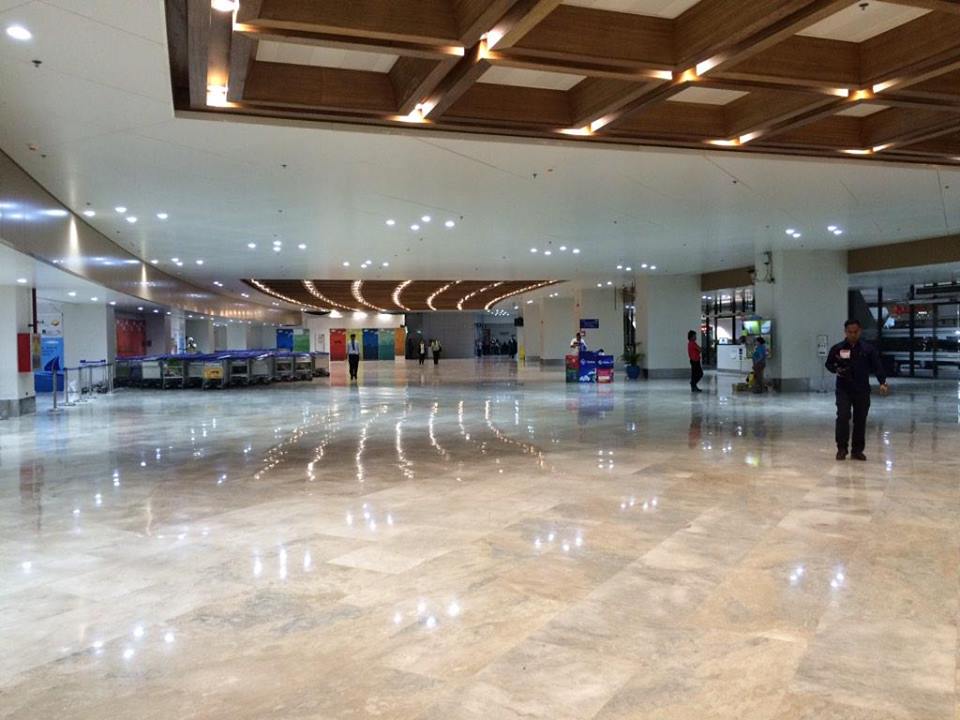Breaking
Full-body scanners come to NAIA next month

Newly renovated NAIA (Photo courtesy of Undersecretary Abigail Valte and the Official Gazette of the Republic of the Philippines)
MANILA — The Ninoy Aquino International Airport (NAIA) terminals will be equipped with 14 full-body scanners starting next month as part of the government’s efforts to upgrade its security.
According to Manila International Airport Authority (MIAA) general manager Jose Angel Honrado, the full-body scanners, produced by leading sensor manufacturer Smiths Detection, will also minimize necessary frisking.
Smiths Detection describes the eqo portal system as the “most advanced scanner” in the market. It is also the first in the market to achieve the top performance standard from the European Civil Aviation Conference.
“MIAA makes it a point to keep abreast with technology especially in terms of security for the airport,” Honrado said in a statement.
“With the assumption that potential threats are also executed in new ways to breach security, management has to put in place better safeguards for passengers,” he added.
The MIAA chief further said that eqo portals will be placed only at the Final Security Screening Checkpoints (FSCP) of each terminal.
There will be three units allocated to Terminal 1; five units to Terminal 2; another five units to Terminal 3; and one unit to Terminal 4.
There are currently 26 walkthrough metal detectors prior to boarding in all NAIA terminals. These only sound off an alarm when metals are detected on a person’s body. These units in place, however, will not be removed once the eqo portal systems are installed.
To recall, these eqo portal systems were procured by the MIAA late last year. Bidding for this project began in February 2013 while the contract was awarded to Defense & Protection System (Phil), Incorporated in November 2014.
It was awarded for a total bid amount of Php 149,554,720.
Scanning process
MIAA said that the eqo system makes use of an advanced millimeter-wave technology which detects concealed objects on a person’s body. It can also detect ceramics, liquids, metals, narcotics, and explosives.
The eqo system makes use of a low-frequency radiation which is safer than higher frequency radiation.
A passenger going through the body scanner will simply have to stand inside the open booth of the eqo portal. Scan results will then be shown immediately on the operator’s screen indicating the location of concealed items.
Without having to be frisked, passengers will be requested to remove items in question.
MIAA, meanwhile, assured privacy as the system has a mode that will present only the outline of a passenger’s body.





















